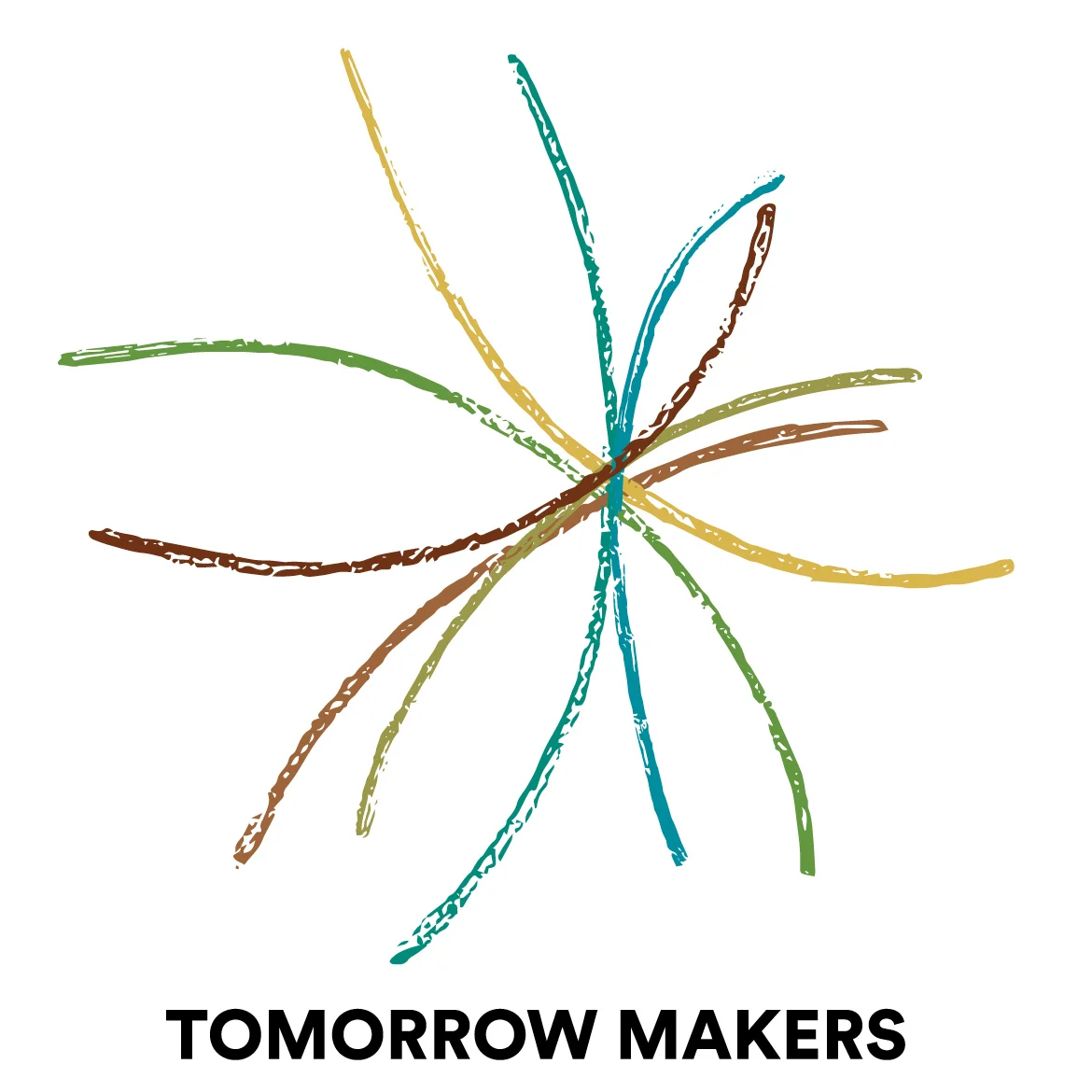The evolution of the Knowledge Worker
/"Every knowledge worker in modern organization is an "executive" if, by virtue of his position or knowledge, he is responsible for a contribution that materially affects the capacity of the organization to perform and to obtain results". - Peter Drucker in The Effective Executive (1966)
“The task decides, not the name, the age, or the budget of the discipline, or the rank of the individual applying for it. Knowledge, therefore, has to be organized as a team in which the task decides who is in charge, for what, and for how long." - Peter Drucker, The Age of Discontinuity, 1968
In 1981 as Matt and I were developing our method and process, we called upon Drucker's use of Knowledge Worker to identify our way of working. We fused Drucker's term with my work from the Learning Exchange re experiential education, and Matt's work with building crews and his studies in complexities. We intuitively understood that the complexities of the future would require a deep understanding of collaboration and knowledge exchange. We tied in Howard Garner's work with different intelligences and our understanding and support of the knowledge worker began to unfold. Very few understood what we were doing as most facilitation processes were formed by a lead expert facilitator and several supporting administrator, organizers. Even those on our team that we called Knowledge Workers balked. Few understood Drucker's understanding of the emerging future.
Neither Matt nor I wanted to grow a large organization so our response was a network of knowledge workers. Our dream for KWs was that they could give us about two weeks a month and for the other month they could do their writing, art, science, school or what have you. We created a pay system that would provide freedom to pursue their dreams. Needless to say, we were ahead of the game.
However, in the 80's there were massive layoffs from the large corporations. They were forsaking their belief in life time employment. Fast Company responded with an article call A Brand Called You and Tom Peters wrote a book called the same. Companies of One were beginning to emerge. The dot.com bubble also forced people out on their own. This was a fertile time for incubation and beginning the quickening of the knowledge worker.
The knowledge workers, born of the MG Taylor process were several steps ahead. One, they were already a network and had learned the art of collaboration and design. They knew how to find each other and they established a sapient leadership spirit amongst them. Two, and perhaps most important, they had learned how to play as a core part of the work. They became designers, makers, doers and players ... some of the most sought after skills today.
Today, articles like The Dark Matter of Open Making; Six ways work will change in 2016; Meet KEE, A Social Network for Tackling Societal Problems. In my mind these all grew out of Peter Druckers first definition and the MG Taylor understanding for how Knowledge Workers would in the long run, help shape a new economy.
I think we are all born natural makers and knowledge workers. The good news is that the Millenials don't seem to be outgrowing this natural inclination.Over the years ahead, knowledge workers will take many different forms and seek to make differences in all kinds of ways. In Druckers words "The task decides not the name, the age, or the budget of the discipline, or the rank of the individual applying for it." Just think what we can do!
As I'm finishing this, I'm listening to KQED's Forum and Tim O'Reilly talking about the market place of the future. Right now he is talking about a base income for all and what it could and will facilitate! What fun!


